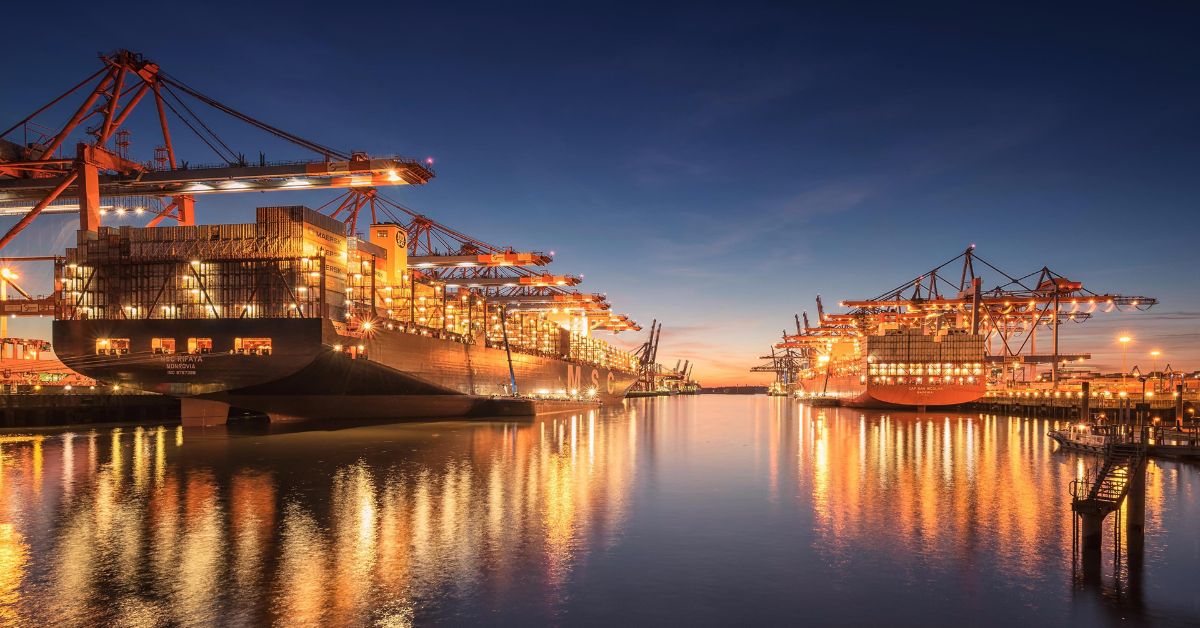The Port of Hamburg recorded steady growth in the first half of 2025, overcoming sluggish global trade and geopolitical uncertainty. From January to June, seaborne cargo volumes rose 3.6% year-on-year (YoY) to 57.8 million tonnes, driven by a strong rise in container traffic.
Container throughput expanded 9.3% to 4.2 million TEU, with imports up 11.6% and exports 6.9%. By weight, containerised cargo increased 6.8% to 41.2 million tonnes. CEO Axel Mattern of Port of Hamburg Marketing attributed the gains to new liner services and shipping line restructuring.
Bulk cargo, however, fell 3.7% to 0.6 million tonnes, while conventional general cargo dropped 3.8% to 16 million tonnes. Within bulk, liquid cargo climbed 10.3% to 4.7 million tonnes, while grabbable cargo slipped 6.6% to 8.5 million tonnes amid weaker coal and ore demand. Agricultural goods plunged 13.9% to 2.9 million tonnes, with grain exports collapsing 80.8% despite higher oilseed imports.
On trade routes, the Far East (+10.7% to 1.8 million TEU) and Baltic Sea (+20.8% to 734,000 TEU) posted the strongest container growth. Malaysia (+93.2%), India (+41.6%), and China (+10.5%) drove Asia’s expansion, while Denmark (+36%), Finland (+20.1%), and Poland (+28.8%) led Baltic gains. The US was the only major partner to decline, down 19.3% due to trade policy disruptions.
Ship traffic edged up 0.7% YoY, with calls by large containerships (10,000+ TEU) surging 51.6% to 285 and ultra-large vessels (24,000+ TEU) rising 29.6% to 127. Hinterland container traffic grew 2.2% to 2.6 million TEU, while transhipment volumes jumped 23.8% to 1.6 million TEU.
The port is reinforcing its competitive position with a €1.1 billion ($1.29 billion) investment to deepen the Elbe approach at Waltershofer Hafen and expand terminal yard capacity.









